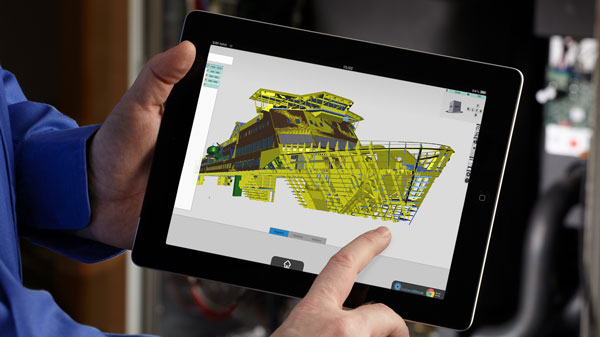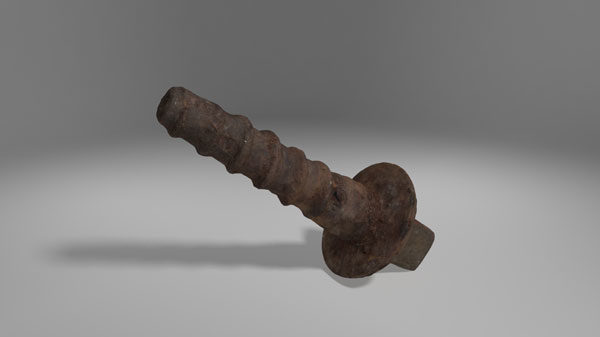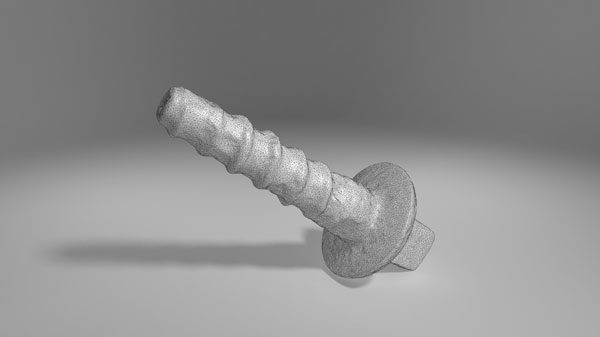
Industry
3D scanning has been used for industrial purposes for many years now. The 3D data gained serves quality assurance, reconstruction or surface reconstruction purposes. 3D models are used for product presentations on the internet and for design applications in various industry field.
CultLab3D offers effective, automated technologies that digitize objects of different sizes in great accuracy. Due to our modular system, various scanning technologies can be combined flexibly in order to adapt them to the respective scenario. For unique use cases, we develop individual solutions, meeting specific needs. Our scanning pipeline, for example, is made for mass digitization and achieves a high throughput of objects, allowing for a large number of objects to be scanned within a very short time span. Due to this innovative solution, we are able to drastically reduce the cost of a 3D scan.
Micrometer precision is key for all our applications. By precisely digitizing the geometry, texture and optical material properties, we ensure a faithful 3D representation of an object. In our research, we continuously expand the potential of 3D scanning technologies.



APPLICATION SCENARIOS
1. Individual production of spare parts
Our technologies enable reconstruction of parts and components in 3D that are broken or no longer available. The generated 3D models allow virtual repair of defects. Replacement parts and components can be re-created using additive manufacturing processes such as 3D printing. The result is a custom-made product based on the detailed 3D scan of an original.
Our mobile scanning robots, such as the CultArm3D and the autonomous Laser Scanner, CultArm3D-Laser, work autonomously and in real time and need no CAD data or templates as a reference.
2. Human-machine assistance in the production process
The growing need for highly customized products increases the complexity of manufacturing workflows. Subsequently, demands on the employees’ cognitive performance continue to increase as well, leading to higher error-rates in production.
Our technologies address solutions for optimized human-robot interaction (HRI). We develop autonomous scanners for completely new applications. They can assist manufacturing and improve human-machine interaction. Our 3D scanning systems optimize manual production processes and automate quality control, thus assisting humans during assembly processes in their workspaces.
3. Material acquisition for design processes
In the early stages of virtual product development, the design process increasingly requires a physically correct appearance of the materials used. For this purpose, we develop scanning technologies, which capture their geometry and light-surface interaction precisely. The data obtained enables the designer to visualize products in different lighting situations and in a realistic way.
4. 3D product photography
Our automated solutions offer color-calibrated and scale 3D models for product photography in 3D. These 3D virtual replicas can be used on sales platforms online, for augmented reality product presentation and evaluation, or in 3D product configurators.


